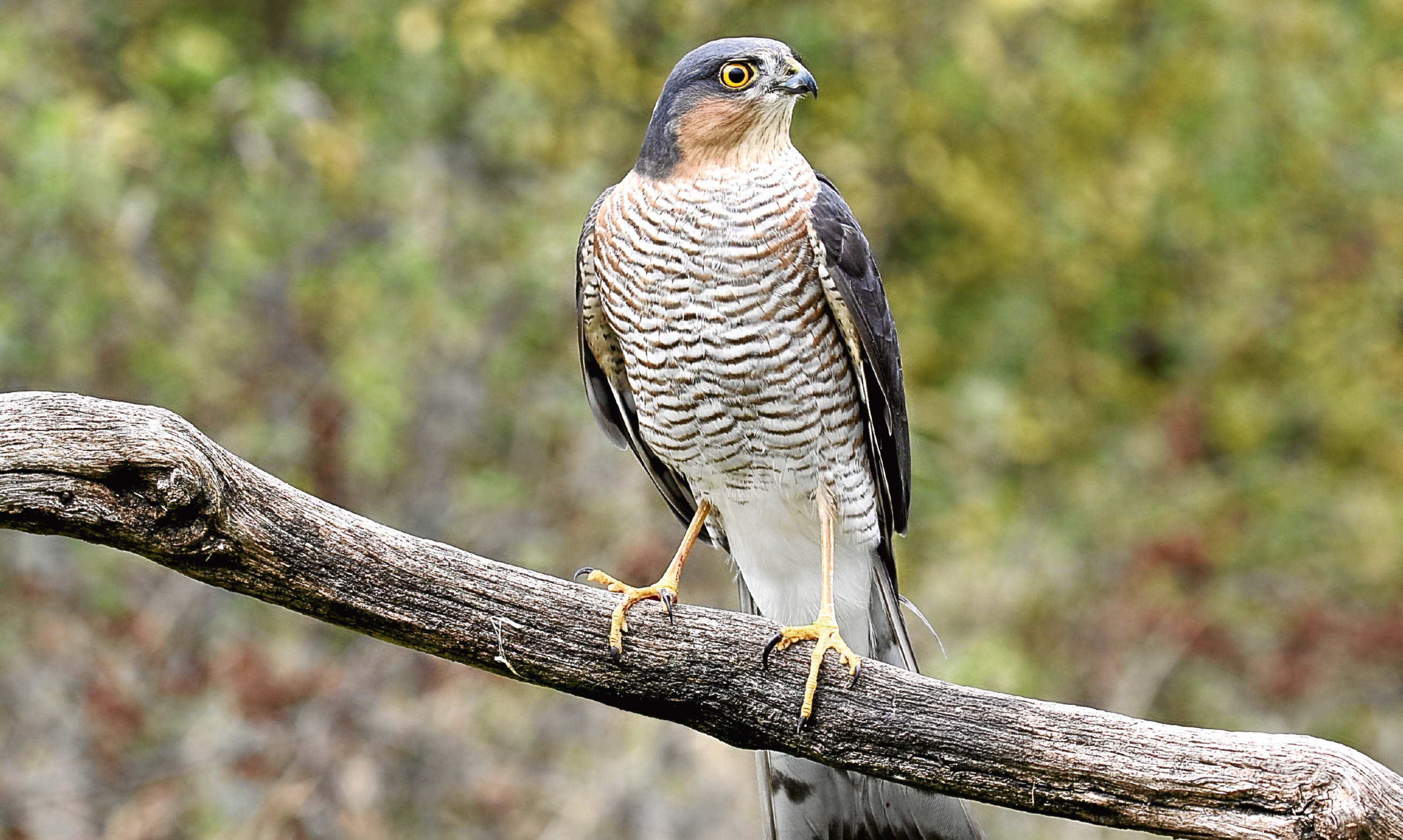It is satisfying to know the special relationship still hangs together so well after all these years, especially given the increasingly tricky vagaries of our 21st century world.
What I mean is… between the long wood at the foot of the hill and the skyline, there are still overlapping breeding territories of sparrowhawk, kestrel, raven, buzzard and (the showstopper, the headline-grabber) peregrine falcon.
And I have been coming here, walking, sitting and climbing between wood and skyline and writing it all down for… well, for all these years.
As relationships go, they don’t come much more special than this.
Why, what did you think I was talking about?
On the second day of the two consecutive days that passed for winter in January hereabouts and with high hopes of peregrines uppermost in my mind, I was stopped in my tracks by a wren.
A narrow path keeps close to the woodland edge for the first few hundred yards and the ground was inches-deep in fallen leaves.
Small explosions
Three small explosions among the leaves proved to the work of a foraging wren. Its deft way of blasting a passage through the head-high leaf litter unearthed grubs in the soil beneath and these it swallowed whole without stopping for breath, nine of them in a couple of minutes.
Then it bolted back to the wood, a blur of dead-leaf-shaded wings and at an altitude measurable only in inches.
I looked up just in time to see the kestrel, a copper-toned missile which raked across a patch of ice-blue sky ensnared among winter-bare branches.
So the wren had been multi-tasking: bug-hunting in the basement of the woodland edge, doubtless assessing the potential threat of my dead-still presence and constantly watching the overworld beyond, whence the special relationship is capable of contriving a sinister turn.
With the wren gone and the kestrel on the loose along the lower slopes of the hill, I climbed the hillside to the first of a series of rocks where I like to perch, for they open up the whole length of the wood, the whole breadth of the skyline and the intermediate slopes, terraces, gullies and screes; and most importantly, you can see the sky.
Over the years I have identified the sparrowhawk’s preferred nesting tree, the kestrel’s nesting ledge where a small rock face is overhung with whin and broom bushes, the raven’s preference for a nest in the flanks of the big gully and the bare rock ledge, slightly overhung, where the peregrines nest.
The buzzards are somewhere beyond the visible hillside but here, the open spaces between wood and skyline are well stocked with rabbits, so the buzzards are never far away.
The first thing I saw was an erect bird shape on the topmost fronds of the sparrowhawk’s tree.
However, it wasn’t a sparrowhawk, it was the kestrel and it had doubtless been watching my emergence from the shadows and my climb up to the rock.
And now that I had stopped and sat and trained binoculars on the treetop, the kestrel slid off into space, contoured the hill, vanished round a buttress and failed to emerge from the far side.
So far, so routine.
It is still much too early for nesting behaviour but not necessarily for territorial behaviour and I knew that if the kestrel had used the cover of the buttress to climb the hill, it would emerge above a bigger buttress and fly along the face of its nesting crag, in which case, it would come back into sight 200ft above me.
Moments later, it did just that and as it did so, two crows started swearing loudly somewhere far behind my back, which at that moment would mean they were between me and the high crag where the peregrines nest and it was just possible that they were swearing at the sudden appearance of the natives.
I still followed the kestrel across the crag but when it reached the big gully, it dived deep into its shadow and did not reemerge.
Dive-bombing
So I looked high for an explanation and there were the two peregrines staking a territorial claim of their own by dive-bombing the gully and its suddenly fugitive kestrel.
Time and again through the dwindling afternoon, one or other of the peregrines raced above the skyline, wheeled above the buttress and raced back the half-mile to their own nesting crag.
Late in the day, the hill grown quiet, I found the male peregrine perched on the topmost rock of the skyline, a tiny far off shape in the glasses but revealed for what he was because his breast glowed whitely in the ice-light.
I said a silent thank you to the guardian of the special relationship. From high in the whins just below the highest crag, a vixen yelped a three-syllable reply.
Now it begins again.
